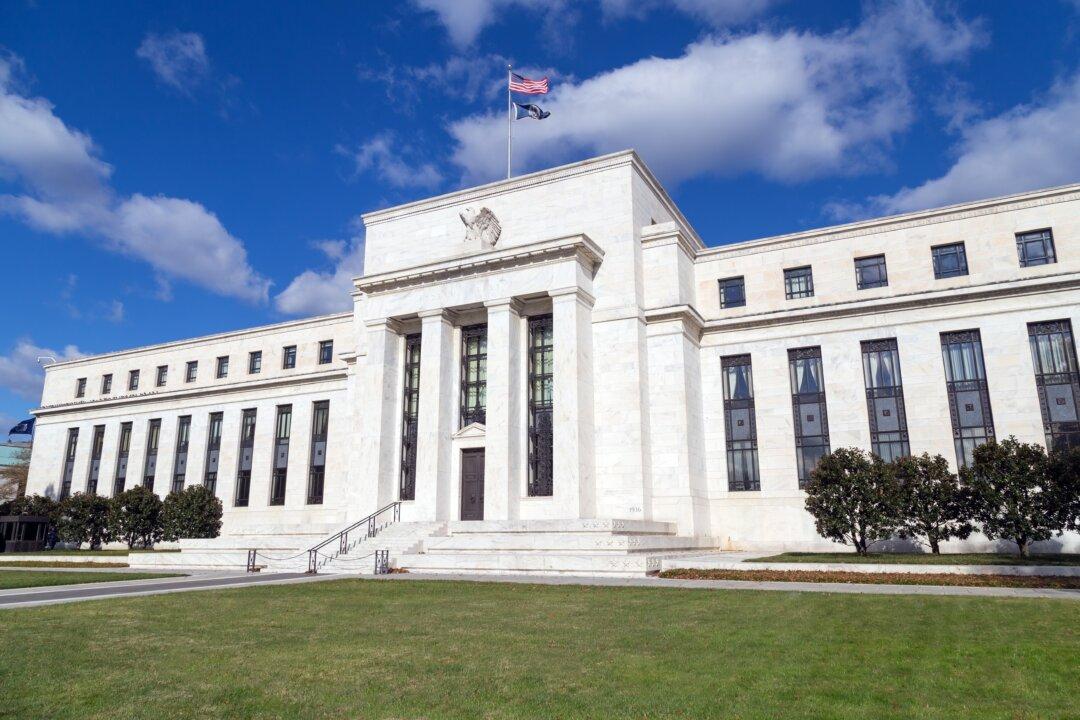Every young person moving into adulthood faces the great question of whether to buy or rent their primary residence. That question just became much more complicated.
The ratio between the two just expanded to the greatest gap since 2008, and it doesn’t favor buying. Mortgage rates have made buying completely unaffordable even for those who can get a mortgage. That’s why housing demand has suddenly fallen off a cliff.
The Mortgage Bankers Association reports that before lockdowns, median mortgage payments and asking rents were equal at $1,200. The choice was really about making the best choice to fit with career plans and duration of residency. Since lockdowns, rents have risen 10 percent to $1,314 while mortgage payments have risen 58 percent to $1,893.
Now, it’s a different matter. It’s about figuring out how to avoid being pillaged.
Maybe the answer seems to favor renting. But not so fast: Rental vacancies are now lower as a percentage of overall units on the market than they have been since 1983. That means it’s not so easy to get a place to live. The sheer number of applications means that renters can be extremely fussy about whom they accept or reject. A sketchy job history, an uncertain living situation, or a ding on your credit report can all lead to a turndown. Plus the terms can be egregious: long leases, huge upfront payments, and strict terms for breaking them.
Meanwhile, we’ve not seen this much upward price pressure on rents in nearly 40 years.
![(Data: Federal Reserve Economic Data [FRED], St. Louis Fed; Chart: Jeffrey A. Tucker)](/_next/image?url=https%3A%2F%2Fimg.theepochtimes.com%2Fassets%2Fuploads%2F2022%2F09%2F02%2F1-JAT-2022.09.02-1200x948.png&w=1200&q=75)
But put yourself out there in the homebuyer’s market and prepare yourself for sticker shock. The median home price has doubled since 2007, and it’s not just the price of homes. It’s the stringent credit conditions plus stunning mortgage rates that mean paying far more for far less. Once you add in any homeowners association fees, plus property taxes, it starts to feel utterly crazy, to say nothing of maintenance.
Just since January, the number of homes sold in the United States has fallen 26 percent. One might suppose that this would lead to dramatic downward price pressure. But that’s not what happened in an economy with unrelenting currency devaluation. Prices have softened, to be sure, but we won’t see a crash like 2008. That’s because the purchasing power of money in general is falling.
The inflation virus strikes in ways that are impossible to predict. Housing has cooled and so has jet fuel. There are no bargains in housing but you can fly coast-to-coast now for about $150. September flights from New York to Miami are at rock-bottom prices not seen in decades. That’s because airlines have so tightly managed bookings that even small changes in consumer demand reflect very quickly in wonderful bargains.
So while the flights are cheap, the hotels, food, and entertainment once you get to your destination aren’t. And this is why so many consumers today are rethinking travel plans.
But staying home is no great shakes either because electricity and other utility bills are right now absorbing the highest levels of inflationary energy. Real-time year-over-year increases are running at 14.6 percent. Those prices hit renters and buyers equally.
So much for the old saw that buying a home is an investment, while renting is just throwing money away. In today’s market, the opposite seems true. The more you save by renting instead of buying is money that you can invest.
Of course, it would be nice to have a good investment at hand. Nearly half of U.S. households have nothing left after paying the bills for investment. Saving rates keep falling and have hit 5 percent; credit card debt is rising. Among those who can afford to invest, getting a return above inflation is nearly impossible.
The Fed seems determined to deliver unrelenting bad news to the stock market, even regarding bear markets as a sign of success. That’s because current Fed policy isn’t really about sponging up the liquidity it dumped by the many trillions during 2020 and 2021.
Instead, it’s about cooling off economic output, which these aging Keynesians believe bears the main responsibility for inflation. That means orchestrating something approximating a recession. The White House is on notice that this is happening and is preparing every manner of messaging to get people not to notice that they are getting poorer by the day.
Meanwhile, the latest employment report offers only more confusion. More jobs, yes, but labor force participation is still stuck far below pre-lockdown levels. Worker-to-population levels are the same. The unemployment rate is ticking up, nowhere near alarming levels but the trend is only going to get worse over the months as we all settle into the reality that the recession is real.
That’s why the Biden administration is pivoting so fast from bragging about the economy to warning about threats to democracy and the rising of “semi-fascism” from the MAGAs in the Republican Party.
They don’t have a virus to scare people anymore. People are fed up with that. Now, they are talking about threats to freedom and rights, as if people are supposed to forget that the main threat to freedom and rights over these 19 months has been the White House itself!
The point here is drawn from Carl Schmitt, who, in 1932, wrote the manual for rallying people around a regime that is otherwise unable to elicit popular confidence. The idea is to create, even invent, an enemy to become “the other,” the great threat to the friendship of the collective. That’s what is happening now. Even the theatrical backdrops to President Joe Biden’s latest speeches make the point: The regime is cracking down and doing so by calling all dissidents enemies of the state.
The increasingly difficult economic choices we face today are emblematic of much larger and even more profound choices we must make today. We must decide what kind of society we want to live in. Do we want endless conflict plus growing poverty and the dictatorship of an elite class, or do we want to live with freedom, prosperity, and the rule of law? All choices we face today pale by comparison to that one.







